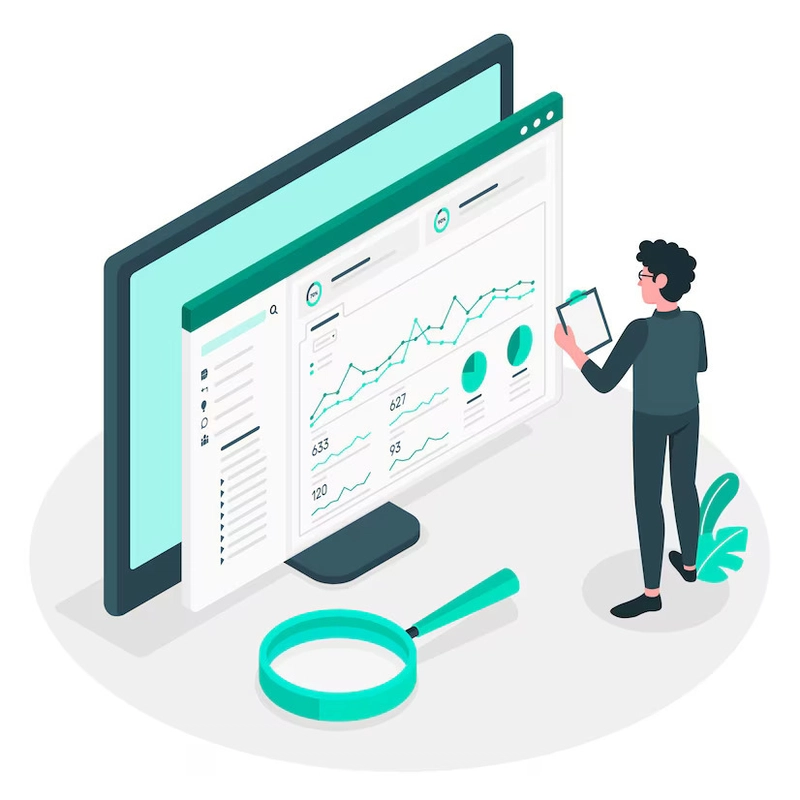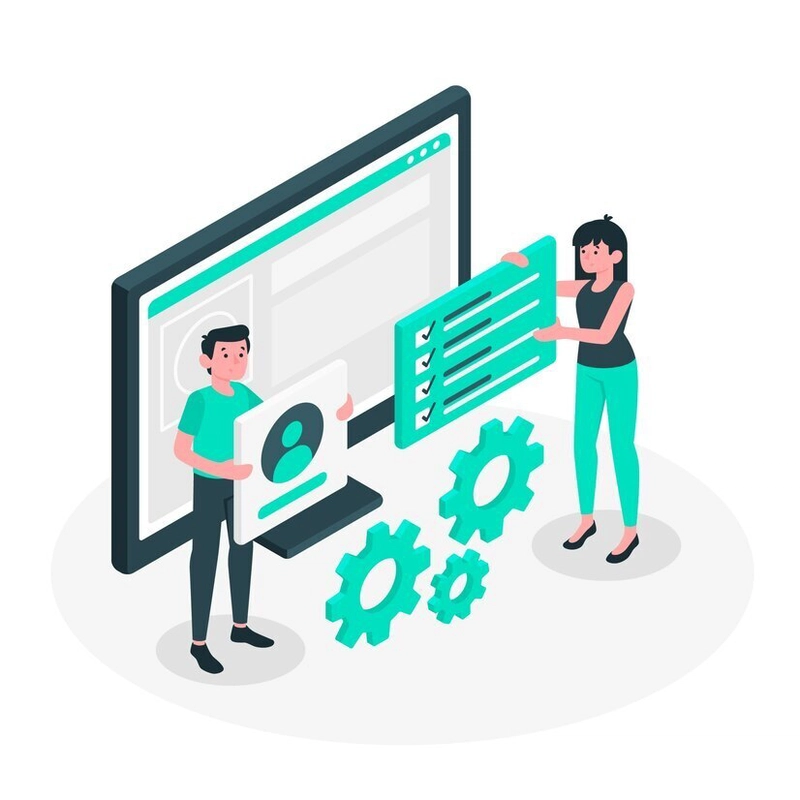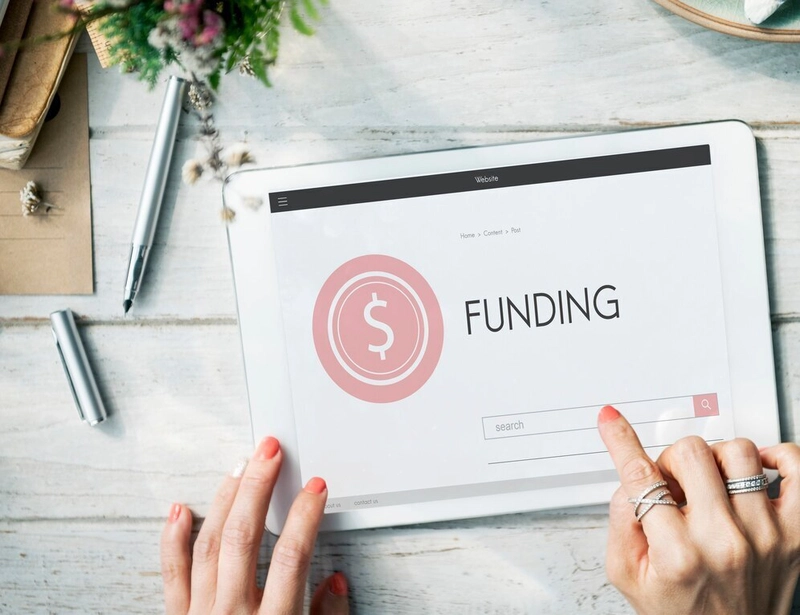10 Features to Look for in AI-Driven Fundraising Software
Fundraising in 2025 isn’t what it used to be. With donor expectations evolving and nonprofit competition increasing, organizations need smarter tools to reach their fundraising goals. That’s where AI-powered fundraising software steps in—not just as a trend, but as a necessity. While traditional fundraising platforms help manage donor data and track contributions, AI-driven solutions go several steps further. They don’t just store data—they interpret it, learn from it, and recommend actions that drive real results. But with so many platforms on the market claiming to use artificial intelligence, how can a nonprofit decide what truly matters? The Must-Have Features in AI-Powered Fundraising Software Here’s a breakdown of features that nonprofit organizations should prioritize when selecting the right platform. 1. Predictive Donor Analytics One of the most powerful features AI brings to a fundraising app is predictive analytics. This capability allows the system to analyze past donor behavior and forecast future giving patterns. Whether it’s identifying which donors are likely to give again, which ones are at risk of lapsing, or who might be ready for a major gift, predictive analytics removes the guesswork. It empowers fundraisers to act proactively rather than reactively, targeting efforts where they’ll have the most impact. AI-assisted tools use a variety of factors—donation history, frequency, engagement level, and even social media interactions—to create predictive scores. These scores help development teams prioritize outreach and cultivate donors more effectively. 2. Personalized Donor Journeys Gone are the days of one-size-fits-all messaging. Today’s donors expect communications that speak directly to their interests and giving history. With AI-enabled nonprofit fundraising software, organizations can automatically tailor messages based on individual donor data. From custom email content and preferred channels to the timing of appeals, AI helps create a unique journey for each supporter. For example, someone who donated after reading an environmental article might receive similar content in the future, nudging them toward continued support. This level of personalization doesn’t just boost engagement—it can significantly increase donor retention and lifetime value. 3. Smart Segmentation Tools Segmentation isn’t new in fundraising, but AI takes it to a whole new level. Rather than manually sorting donors into broad categories, AI-assisted fundraising software for nonprofits can create highly specific segments based on real-time behavior and data patterns. For example, instead of simply grouping donors by gift size, the software might segment based on recency of engagement, likelihood to convert, or preferred communication tone. These micro-segments allow for more focused and relevant outreach, which translates into better results. In short, smart segmentation enables nonprofit organizations to work smarter—not harder—by ensuring the right message reaches the right person at the right time. 4. Real-Time Campaign Optimization The best fundraising app doesn’t just help plan campaigns—it actively helps run and improve them. With real-time feedback and dynamic adjustment capabilities, these platforms can monitor which messages, channels, and timing are performing best, and then pivot mid-campaign if needed. If an email appeal isn’t generating results, the app might automatically test a new subject line or adjust send times. If a social campaign is underperforming, it can recommend a shift in audience targeting or content. This real-time optimization means nonprofits no longer have to wait until a campaign ends to assess its effectiveness—they can improve performance while the campaign is still live. 5. Intelligent Reporting and Impact Visualization Data is only valuable if you can understand and act on it. The best fundraising software for nonprofits often comes with intelligent reporting dashboards that don’t just show the numbers—they explain them. These dashboards might flag unusual trends, surface insights about donor behavior, or provide recommendations based on campaign performance. Many also offer visualizations that make it easier for board members and stakeholders to grasp impact metrics at a glance. By transforming raw data into understandable insights, this feature helps nonprofits stay agile and strategic in their fundraising efforts. 6. Natural Language Processing (NLP) for Donor Communication Some AI-powered nonprofit fundraising software now use Natural Language Processing (NLP) to generate or suggest donor communications. Whether it’s drafting thank-you notes, appeal letters, or responses to donor inquiries, NLP can save time while maintaining a natural, conversational tone. These tools analyze the language that resonates most with individual donors and adjust their suggestions accordingly. While

Fundraising in 2025 isn’t what it used to be. With donor expectations evolving and nonprofit competition increasing, organizations need smarter tools to reach their fundraising goals. That’s where AI-powered fundraising software steps in—not just as a trend, but as a necessity.
While traditional fundraising platforms help manage donor data and track contributions, AI-driven solutions go several steps further. They don’t just store data—they interpret it, learn from it, and recommend actions that drive real results. But with so many platforms on the market claiming to use artificial intelligence, how can a nonprofit decide what truly matters?
The Must-Have Features in AI-Powered Fundraising Software
Here’s a breakdown of features that nonprofit organizations should prioritize when selecting the right platform.
1. Predictive Donor Analytics
One of the most powerful features AI brings to a fundraising app is predictive analytics. This capability allows the system to analyze past donor behavior and forecast future giving patterns.
Whether it’s identifying which donors are likely to give again, which ones are at risk of lapsing, or who might be ready for a major gift, predictive analytics removes the guesswork. It empowers fundraisers to act proactively rather than reactively, targeting efforts where they’ll have the most impact.
AI-assisted tools use a variety of factors—donation history, frequency, engagement level, and even social media interactions—to create predictive scores. These scores help development teams prioritize outreach and cultivate donors more effectively.
2. Personalized Donor Journeys
Gone are the days of one-size-fits-all messaging. Today’s donors expect communications that speak directly to their interests and giving history. With AI-enabled nonprofit fundraising software, organizations can automatically tailor messages based on individual donor data.
From custom email content and preferred channels to the timing of appeals, AI helps create a unique journey for each supporter. For example, someone who donated after reading an environmental article might receive similar content in the future, nudging them toward continued support.
This level of personalization doesn’t just boost engagement—it can significantly increase donor retention and lifetime value.
3. Smart Segmentation Tools
Segmentation isn’t new in fundraising, but AI takes it to a whole new level. Rather than manually sorting donors into broad categories, AI-assisted fundraising software for nonprofits can create highly specific segments based on real-time behavior and data patterns.
For example, instead of simply grouping donors by gift size, the software might segment based on recency of engagement, likelihood to convert, or preferred communication tone. These micro-segments allow for more focused and relevant outreach, which translates into better results.
In short, smart segmentation enables nonprofit organizations to work smarter—not harder—by ensuring the right message reaches the right person at the right time.
4. Real-Time Campaign Optimization
The best fundraising app doesn’t just help plan campaigns—it actively helps run and improve them. With real-time feedback and dynamic adjustment capabilities, these platforms can monitor which messages, channels, and timing are performing best, and then pivot mid-campaign if needed.
If an email appeal isn’t generating results, the app might automatically test a new subject line or adjust send times. If a social campaign is underperforming, it can recommend a shift in audience targeting or content.
This real-time optimization means nonprofits no longer have to wait until a campaign ends to assess its effectiveness—they can improve performance while the campaign is still live.
5. Intelligent Reporting and Impact Visualization
Data is only valuable if you can understand and act on it. The best fundraising software for nonprofits often comes with intelligent reporting dashboards that don’t just show the numbers—they explain them.
These dashboards might flag unusual trends, surface insights about donor behavior, or provide recommendations based on campaign performance. Many also offer visualizations that make it easier for board members and stakeholders to grasp impact metrics at a glance.
By transforming raw data into understandable insights, this feature helps nonprofits stay agile and strategic in their fundraising efforts.
6. Natural Language Processing (NLP) for Donor Communication
Some AI-powered nonprofit fundraising software now use Natural Language Processing (NLP) to generate or suggest donor communications. Whether it’s drafting thank-you notes, appeal letters, or responses to donor inquiries, NLP can save time while maintaining a natural, conversational tone.
These tools analyze the language that resonates most with individual donors and adjust their suggestions accordingly. While human oversight is still essential, natural language processing provides a powerful starting point, especially for organizations with limited copywriting resources.
7. Automated Recurring Giving Management
Recurring donors are the lifeblood of many nonprofit organizations. The best fundraising software for nonprofits should include tools that not only facilitate recurring gifts but also optimize and manage them.
This includes automatically prompting donors to increase their monthly gift, identifying at-risk recurring donors, and offering suggestions to re-engage them.
Artificial intelligence can also identify when a donor might be ready to convert from a one-time gift to a monthly plan and send well-timed nudges accordingly. By maximizing recurring giving opportunities, nonprofits can secure more predictable and sustainable revenue streams.
8. Integration Capabilities
Fundraising doesn’t happen in a vacuum. The best AI-driven platforms integrate seamlessly with other tools nonprofits already use—such as CRM systems, email marketing platforms, social media schedulers, and accounting software.
These integrations ensure that data flows smoothly across the organization, enabling a unified strategy. They also reduce manual data entry and the risk of errors, saving staff time and energy. Look for nonprofit fundraising software with robust APIs or pre-built integrations with the platforms most relevant to your operations.
9. Donor Sentiment Analysis
Understanding how donors feel—not just how they act—is a critical edge in today’s fundraising environment. Some AI-powered tools now include sentiment analysis that gauges the tone and emotion behind donor communications.
By analyzing email replies, survey feedback, or social media posts, these systems can help nonprofits understand donor satisfaction levels, spot potential issues, and identify champions ready to advocate for the cause.
This emotional intelligence adds another layer of depth to donor relationships, enabling more empathetic and effective outreach.
10. Ethical AI and Data Privacy Controls
Finally, while artificial intelligence brings incredible power to fundraising, it must be used responsibly. AI-assisted fundraising software for nonprofits are transparent about how they use donor data, comply with privacy regulations, and provide users with control over their information.
Features like consent tracking, data anonymization, and compliance with laws like GDPR and CCPA aren’t just optional—they’re essential. Nonprofits should choose vendors that prioritize ethical AI practices and build trust with both organizations and donors.
Choosing the Right AI-Powered Fundraising App
Not every nonprofit needs every feature listed above, but understanding what’s available helps organizations make informed decisions. The key is to find a solution that aligns with your fundraising goals, fits your team’s capabilities, and truly adds value to your strategy.
Fundraising software isn’t just about automation—it’s about making smarter, more strategic decisions that build stronger donor relationships and drive long-term impact. As the technology continues to evolve, so too will the opportunities for nonprofits to grow, connect, and thrive in a digital-first world.










































































































































































![[The AI Show Episode 144]: ChatGPT’s New Memory, Shopify CEO’s Leaked “AI First” Memo, Google Cloud Next Releases, o3 and o4-mini Coming Soon & Llama 4’s Rocky Launch](https://www.marketingaiinstitute.com/hubfs/ep%20144%20cover.png)


















































































































![[DEALS] The All-in-One Microsoft Office Pro 2019 for Windows: Lifetime License + Windows 11 Pro Bundle (89% off) & Other Deals Up To 98% Off](https://www.javacodegeeks.com/wp-content/uploads/2012/12/jcg-logo.jpg)





































![Is this too much for a modular monolith system? [closed]](https://i.sstatic.net/pYL1nsfg.png)






















































































































_Andreas_Prott_Alamy.jpg?width=1280&auto=webp&quality=80&disable=upscale#)
































































































![What features do you get with Gemini Advanced? [April 2025]](https://i0.wp.com/9to5google.com/wp-content/uploads/sites/4/2024/02/gemini-advanced-cover.jpg?resize=1200%2C628&quality=82&strip=all&ssl=1)













![Apple Shares Official Trailer for 'Long Way Home' Starring Ewan McGregor and Charley Boorman [Video]](https://www.iclarified.com/images/news/97069/97069/97069-640.jpg)
![Apple Watch Series 10 Back On Sale for $299! [Lowest Price Ever]](https://www.iclarified.com/images/news/96657/96657/96657-640.jpg)
![EU Postpones Apple App Store Fines Amid Tariff Negotiations [Report]](https://www.iclarified.com/images/news/97068/97068/97068-640.jpg)
![Apple Slips to Fifth in China's Smartphone Market with 9% Decline [Report]](https://www.iclarified.com/images/news/97065/97065/97065-640.jpg)






































































































































